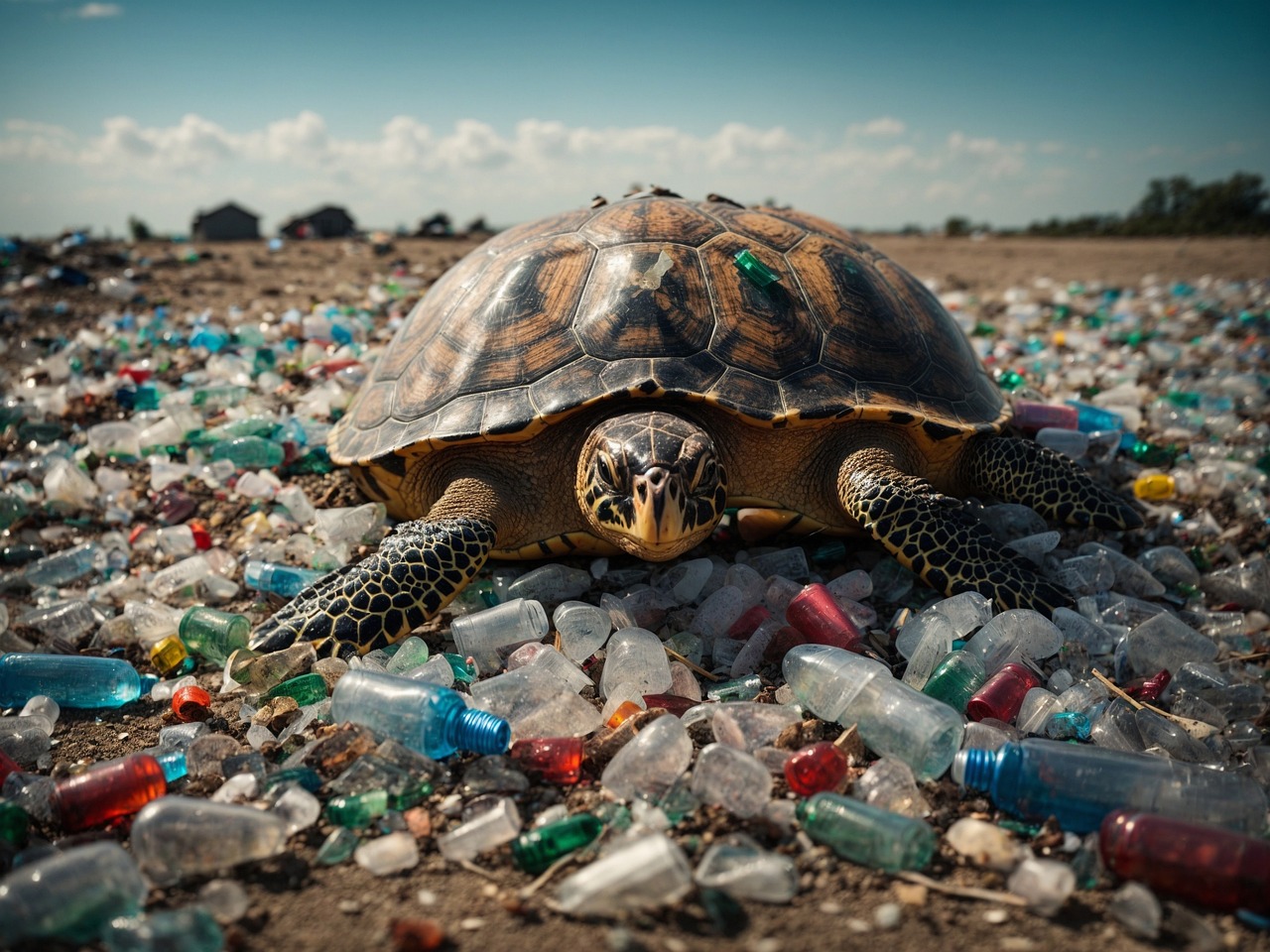
Breaking Free of Plastic Pollution: One of the Biggest Threats to Biodiversity
By Gayil Nalls
Sign up for our monthly newsletter!
As fall becomes winter and another season passes, it is easy to be distracted by the end of autumn colors and the promise of approaching holidays. Conversations and actions about microplastics which are important all the time seem to take place only when we see the massive waste washing up on our shores or there are images in front of us of it rotting in landfills where it also enters the water stream. We know that our waters are now riddled with plastic, but it is important to remember that microplastics are everywhere, in our air, water, soil, and even the clouds drifting by
over our heads. We don’t see them, but they are in our lungs, blood, and tissue. Our children are now born pre-polluted with microplastics. It’s hard to believe that less than a century ago synthetic plastics hardly existed. However, now the ubiquity of
plastic and its accumulation everywhere is wrecking our health, the health of marine and terrestrial species, and the environment. Liz Switzer of the Duke University School of Medicine says the average person eats, drinks, or inhales more than 120,000 plastic particles a year, up to 5 grams per week—what has been described as eating a credit card size amount every 7 days. So, during this season of
consumption, it’s especially important to remember that we can all be taking steps to reduce plastic waste and protect biodiversity.
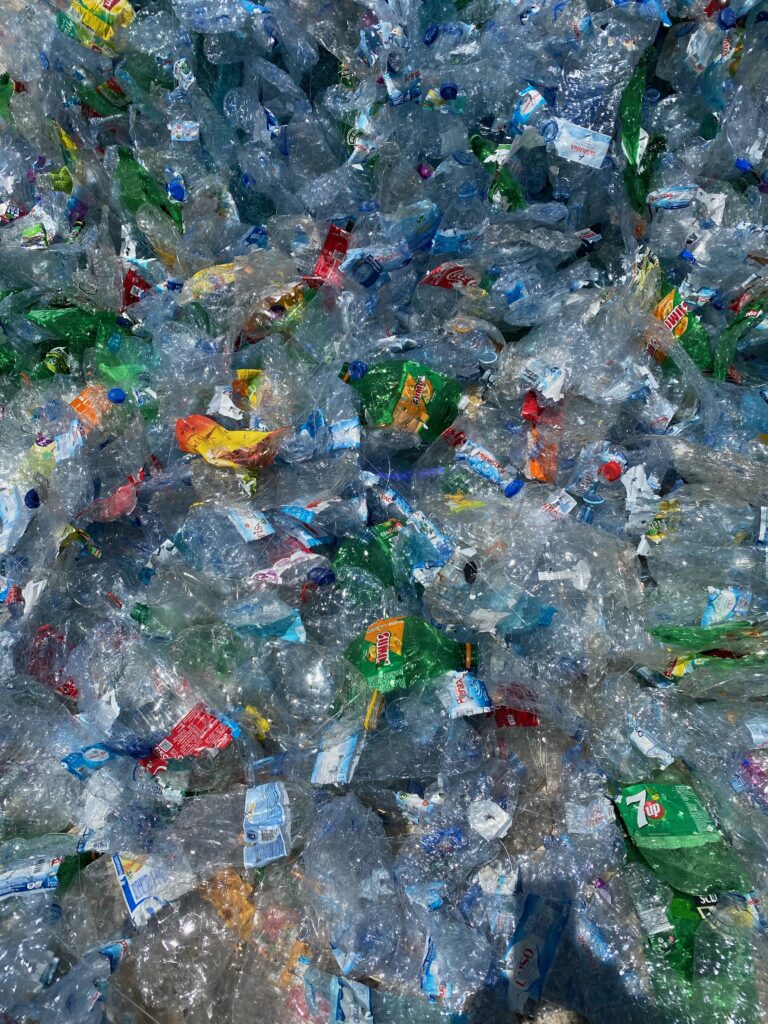
Microplastics in the body can damage organs, leech hazardous chemicals, weaken immune function, and alter reproduction capacity. But we really don’t know the full extent of the harm that plastic pollution is doing to us because of the lack of toxicology information on many of the chemicals used in plastic. Manufacturers use plastics in personal care, pharmaceuticals, detergents,
construction, and paints, coatings, and inks. They are in our everyday consumer products, textiles, cosmetics, and many household objects. Many groups and organizations are now helping with microplastic solutions, but the scale of the problem is almost unfathomable and requires everyone to play a key role in controlling the amount of polymer-based trash from entering our bodies and the ecosystem. There are challenges to reducing plastic use, but it’s possible for your home to be a success story helping to stop its impact on human health, wildlife, and the environment. Giant Plastic Tap was created by Canadian artist and activist, Benjamin Von Wong to address the root causes of plastic production and encourage governments, corporations, and individuals to #turnofftheplastictap.
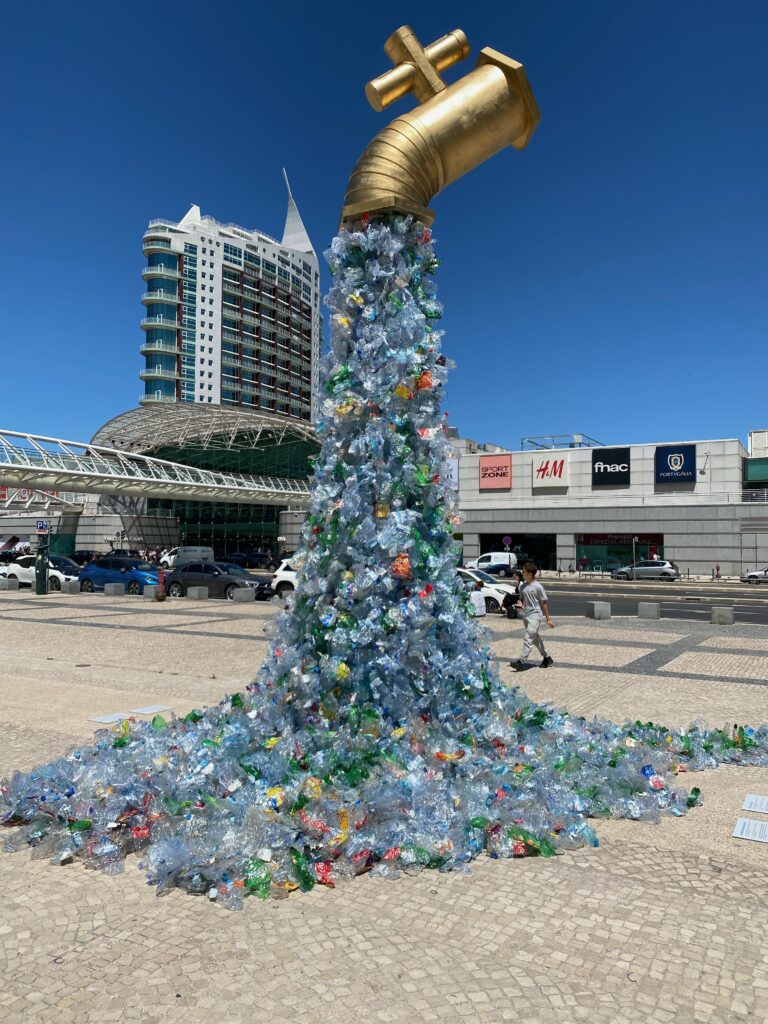
Here are five ways to minimize microplastic pollution in your everyday life and in your home.
- Avoid bringing in all new plastics and single-use plastics into your home and recycle what you have.
- Buy fewer clothes and when you do, buy clothes made from organic and sustainable materials or second-hand. Wash your clothes less often and air dry them.
- Buy plastic-free cosmetics, personal care products, detergents,
pharmaceuticals, and home construction and repair materials. - Use public or alternative transportation as much as possible. Reach has found that 200,000 tons of tiny plastic particles are blown from roads and make up nearly 30% of microplastics in the ocean. The fewer cars on the road, the less microplastic released from tires.
- Bring your own bags when you go shopping and reuse the plastic bags you already have at home.
- Support legislation to reduce plastic pollution and support non-profits addressing the plastic crisis.
Here are three well-vetted organizations fighting to reduce plastic pollution:
https://parley.tv/
https://www.5gyres.org/
https://plasticoceans.org/
But there are many more local and international organizations that you can support and get involved in.
Gayil Nalls, Ph.D. is the founder of World Sensorium Conservancy.
- Switzer, L. It’s time to talk about plastic pollution and its impact on human health. Duke University School of Medicine.
Plantings
Issue 29 – November 2023
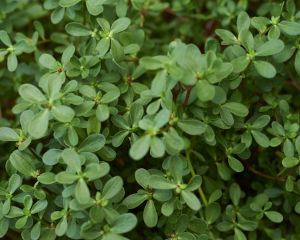
Viriditas: Musings on Magical Plants: Portulaca oleracea
By Margaux Crump
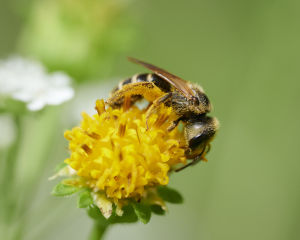
Proboscis, Pollen, and the Rapture of Interspecies Intimacy
By Jake Eshelman

The Greening of Milan: Porta Nuova and Vertical Forest
By Gayil Nalls
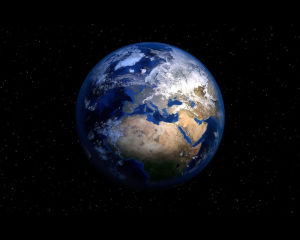
Overshooting Earth’s Boundaries: An Interview with Bill Rees
By Rachel Donald

The Garden of the Five Senses
By Gayil Nalls
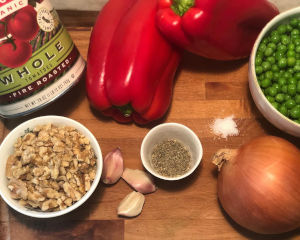
Eat More Plants Recipes:
Le Botaniste’s Fennel, Tomato, and Red Pepper Pasta Sauce

As Ireland transitions from the rich, smoky scent of peat-burning to a more sustainable future, its olfactory heritage is evolving. What will become the next iconic aromatic symbol of Ireland?
Click to watch the documentary trailer.


